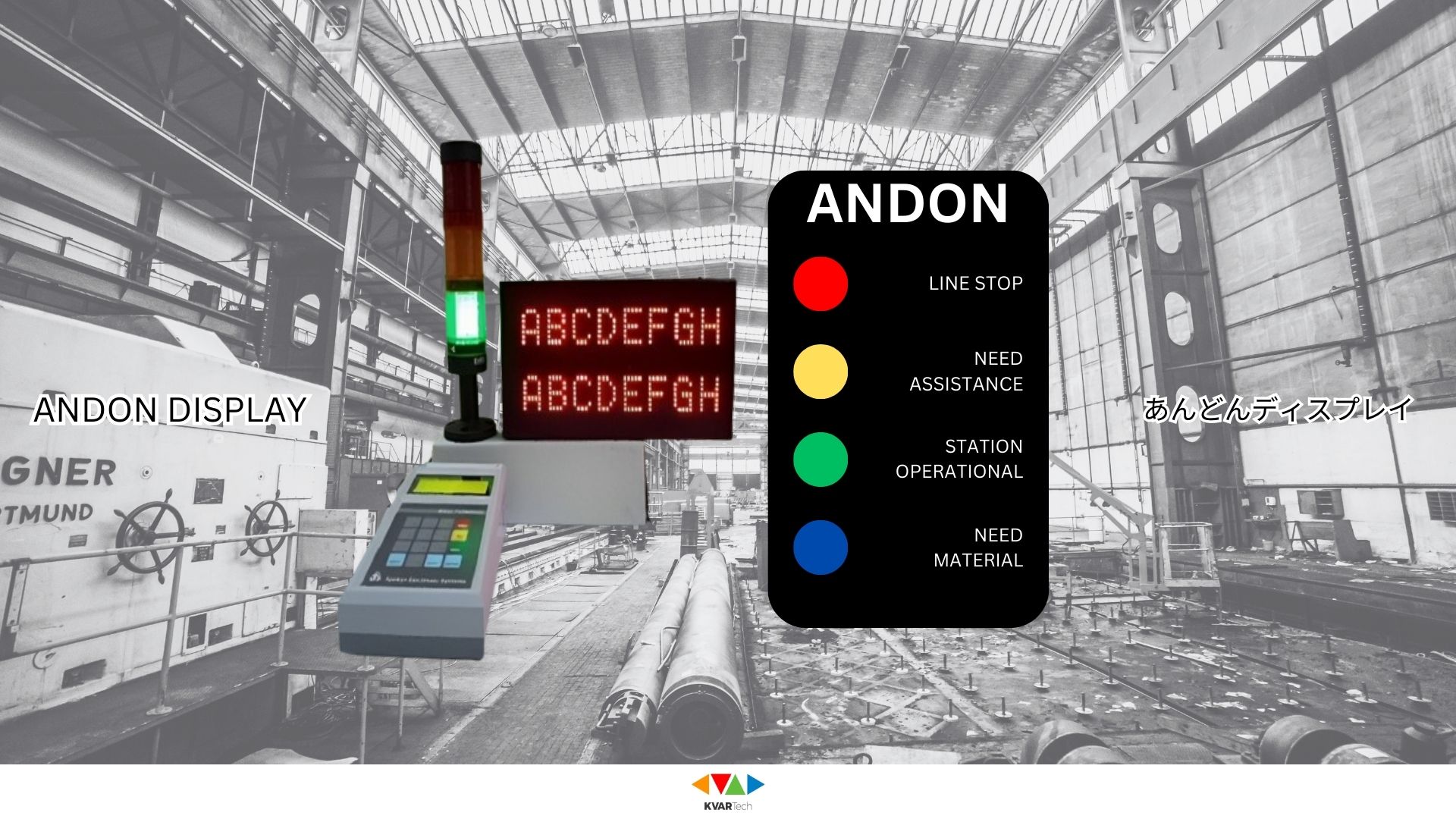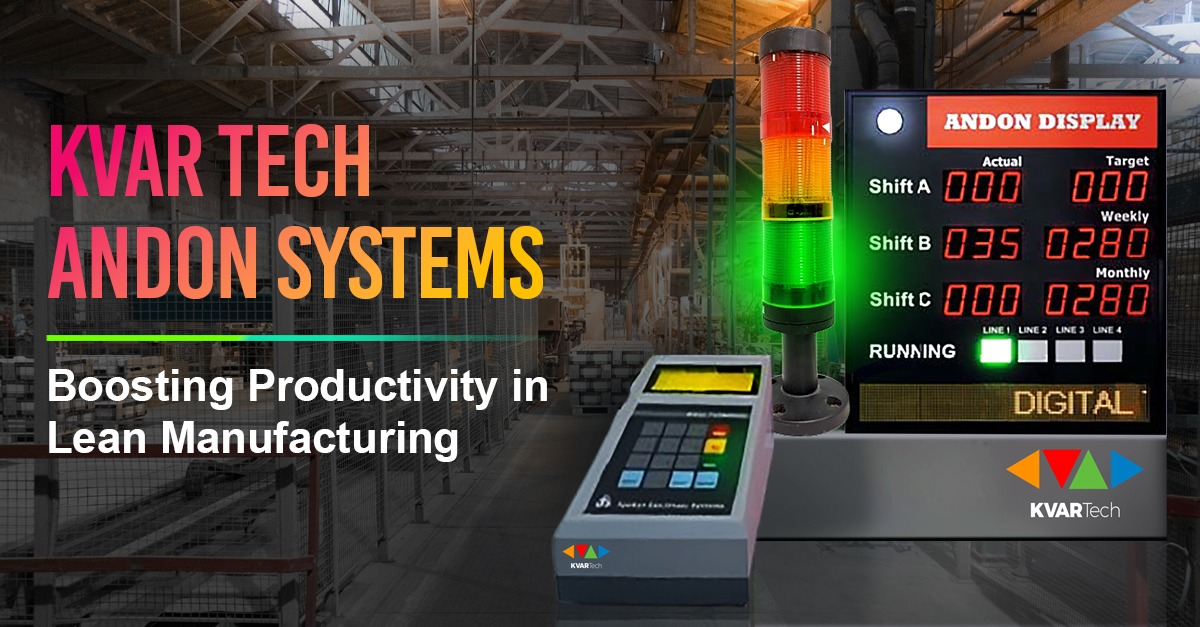The origin of Andon systems can be traced back to Japan, where they have deep roots in the country's manufacturing culture. The term "Andon" itself is derived from the Japanese words "an" (安), meaning "safe" or "calm," and "don" (呑), meaning "ring" or "ding." Together, "Andon" signifies a system that ensures a calm and safe environment by signalling or alerting.
The historical development of Andon systems can be linked to traditional Japanese paper lanterns used in various ceremonies and festivals. These lanterns were often hung outside homes and businesses to signify a safe and welcoming space. Over time, this concept of signalling evolved and found its way into manufacturing practices.
In the context of manufacturing, Andon systems serve as a visual communication tool to indicate the status of production processes. The earliest versions of Andon systems involved simple manual signalling methods, such as pulling a cord or flipping a switch, to draw attention to issues on the production line. This allowed workers to promptly address problems and maintain a smooth workflow.
One of the notable early adopters of Andon systems was the Toyota Motor Corporation. Toyota is credited with popularizing and refining the use of Andon systems in the automotive industry during the mid-20th century. The company embraced the principles of lean manufacturing and implemented Andon systems as part of its commitment to continuous improvement and quality control.
In its original form, the Andon system in manufacturing was often a physical signal, such as a light or a sound, that workers could activate to alert supervisors or other team members about a problem on the production line. The goal was to stop production immediately, address the issue, and prevent the production of defective products.
As technology advanced, Andon systems evolved from manual, cord-pulling mechanisms to more automated and sophisticated setups. Modern Andon systems may include digital displays, lights of different colors indicating specific issues, and integration with other production monitoring tools. With the advent of Industry 4.0 and the digitization of manufacturing processes, digital Andon systems have become increasingly prevalent, providing real-time data and insights for more efficient decision-making.
In summary, the origin of Andon systems can be linked to Japanese cultural practices and their adaptation into manufacturing to ensure a safe and efficient production environment. Today, Andon systems continue to be a crucial component of lean manufacturing methodologies worldwide.
-min.png)




